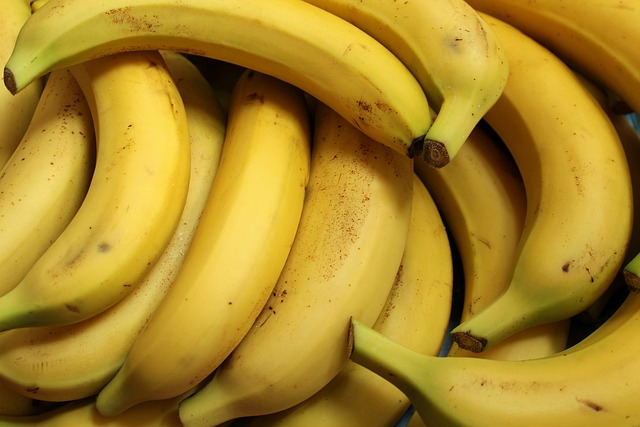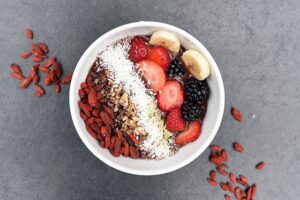Introduction
Chicken salad is a popular dish enjoyed by many, but have you ever wondered how much protein is in chicken salad? Protein is an essential nutrient that plays a crucial role in building and repairing tissues, supporting immune function, and maintaining overall health. In this article, we will dive deeper into the topic of protein in chicken salad and explore its nutritional value.
Nutritional Composition of Chicken Salad
Chicken salad typically consists of cooked chicken, mayonnaise or dressing, and various vegetables or other ingredients. The nutritional composition of chicken salad can vary depending on the specific recipe and ingredients used. However, we can generally analyze the protein content based on the main component, which is chicken.
Protein Content in Chicken
Chicken is a great source of protein, making it a popular choice for those looking to increase their protein intake. The protein content in chicken can vary depending on the cut and cooking method. On average, a 3-ounce (85 grams) serving of cooked chicken breast contains about 26 grams of protein. Dark meat cuts, such as chicken thighs or drumsticks, may have slightly less protein, ranging from 20-22 grams per 3-ounce serving.
Protein Content in Chicken Salad
When chicken is used as the main ingredient in a chicken salad recipe, the protein content will largely depend on the amount of chicken used. If you were to make a chicken salad using a 3-ounce serving of cooked chicken breast, you would be consuming approximately 26 grams of protein from the chicken alone.
However, it’s important to note that the protein content can vary based on the additional ingredients in the salad. For example, if mayonnaise or dressing is added, it may contribute a small amount of protein, but the primary source will still be the chicken. Vegetables and other ingredients used in the salad may also contain small amounts of protein, but their contribution is generally minimal compared to the chicken.
Other Nutritional Considerations
While protein is an important component of chicken salad, it’s also essential to consider other nutritional aspects. Chicken is a good source of various vitamins and minerals, including vitamin B6, vitamin B12, niacin, selenium, and phosphorus. Additionally, vegetables and other ingredients in the salad can contribute to the overall nutritional value by providing fiber, vitamins, and minerals.
However, it’s worth noting that the addition of mayonnaise or dressing to chicken salad can increase the calorie and fat content. If you’re watching your calorie intake or following a specific dietary plan, it may be beneficial to choose lighter dressings or opt for alternative ingredients to reduce the overall calorie and fat content of the salad.
Conclusion
Chicken salad can be a nutritious and protein-rich dish, primarily due to the protein content in chicken. A 3-ounce serving of cooked chicken breast typically contains around 26 grams of protein. However, the overall protein content of chicken salad can vary depending on the specific recipe and additional ingredients used. It’s important to consider the nutritional composition of the entire salad, including the dressing and other components, to make informed dietary choices.
References
– Mayo Clinic: mayoclinic.org
– United States Department of Agriculture (USDA): usda.gov
– National Chicken Council: nationalchickencouncil.org













